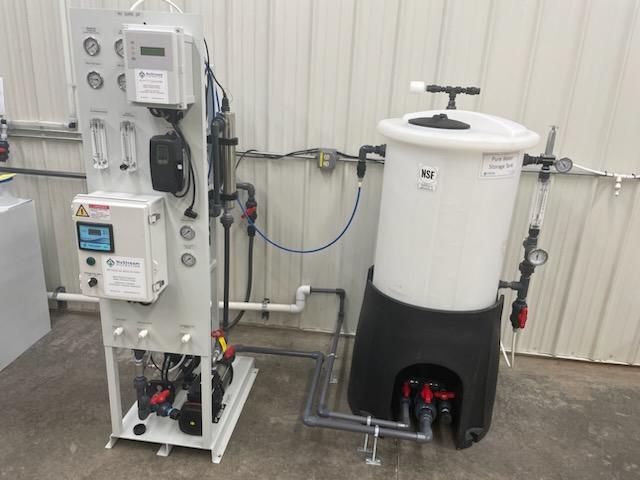The Association for the Advancement of Medical Instrumentation (AAMI) has established a new standard, ANSI/AAMI ST108:2023, critical for sterile processing departments (SPDs). Replacing the previous AAMI TIR34 guidelines, ST108 emphasizes a stringent approach to water treatment, application, and monitoring for safe and effective reprocessing of medical devices.
The Association for the Advancement of Medical Instrumentation (AAMI) has introduced ANSI/AAMI ST108:2023, a critical standard for sterile processing departments (SPDs). This new guideline replaces the older AAMI TIR34 standard and brings a more stringent approach to water treatment, application, and monitoring to ensure the safe and effective reprocessing of medical devices.
Water is essential throughout the entire medical device reprocessing cycle, serving several key functions:
High-purity water is essential for sterile processing, as contaminated water can harbor microorganisms and endotoxins that compromise sterility and potentially cause patient infections.

ST108 categorizes water into three distinct types, each with specific quality requirements to ensure the highest standards of safety:
ST108 places significant emphasis on the management of the entire water system within the SPD. Key aspects include:
AAMI ST108 elevates the importance of water quality in sterile processing departments. By implementing a robust water treatment system, adhering to strict distribution and storage protocols, and maintaining a rigorous monitoring program, healthcare facilities can ensure the safety and efficacy of reprocessed medical devices, ultimately protecting patient health.
AAMI ST108 is a standard developed by the Association for the Advancement of Medical Instrumentation, which sets guidelines for water quality in sterile processing departments to ensure the safe reprocessing of medical devices.
High-purity water is crucial in sterile processing to prevent contamination of medical devices, which could lead to patient infections.
AAMI ST108 defines three water categories: Utility Water, Critical Water, and Steam, each with specific quality requirements for safe medical device reprocessing.
AAMI ST108 mandates comprehensive water treatment, distribution, and storage protocols to ensure consistent water quality, minimizing risks in medical device reprocessing.
Adhering to AAMI ST108 ensures safe reprocessing of medical devices, compliance with regulations, and protection of patient health.